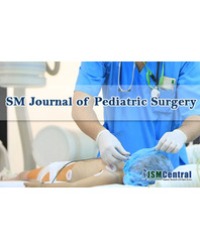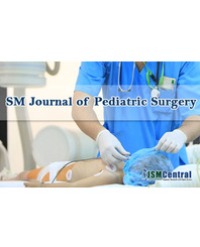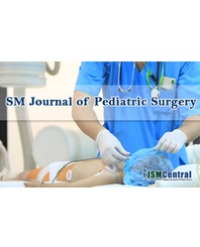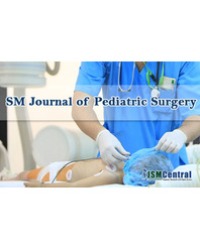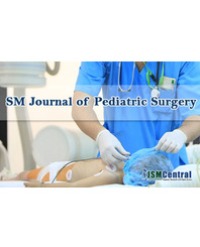Pediatric distal radius fractures are common injuries. Most can be treated with closed reduction and immobilization. However, malunions can be sequelae of this injury pattern due to the risk of re-displacement after initial reduction, and clinical manifestations of these complications can be significant. In addition to malunion, the most concerning of these complications are nonunion and growth arrest. Addressing these concerns, particularly accurately determining which are clinically significant and may warrant surgical intervention, presents considerable clinical challenges. Acceptable parameters for flexion-extension angulation, radial-ulnar deviation and malrotation are controversial and vary based on age. Patients with functional impairment of motion, pain, and or deformity due to malunion may be candidates for surgical reconstruction. Among these, the greatest improvements have been documented in patients with supination deficits, but the literature provides insufficient evidence to draw specific and definitive conclusions. The most commonly used reconstruction techniques are dorsal opening wedge osteotomy of the distal radius with volar bone grafting and ulnar shortening osteotomy, with release of the interosseous membrane. These are complex procedures that require assessment of 3-D anatomy, meticulous pre-operative planning and templating and continuous intra-operative reassessment. In addition, the risks of long-term sequelae, such as residual deformity resulting in impaired function, as well as an unacceptable cosmetic result, must be discussed with patients and their families at length when discussing the potential benefits, as well as complications, of operative versus non-operative management of malunions of the distal radius and forearm.
Anil Akoon, C Liam Dwyer, Terri A Zachos*, and Mark A Seeley
